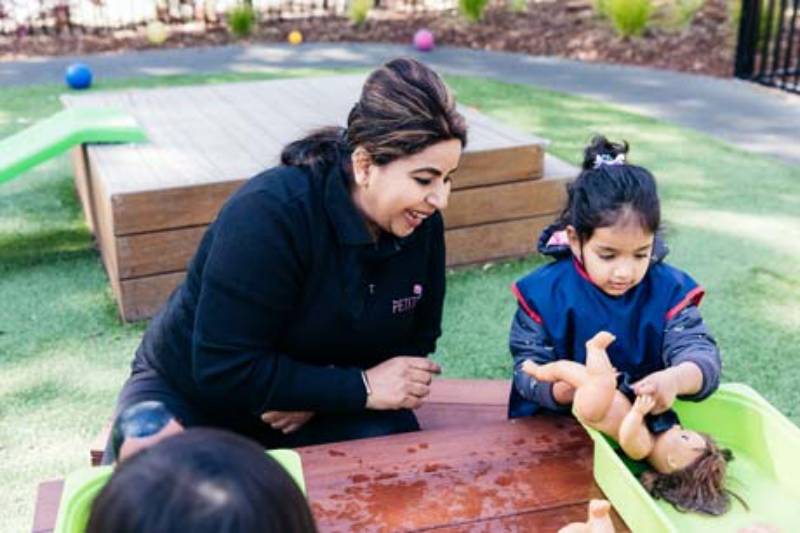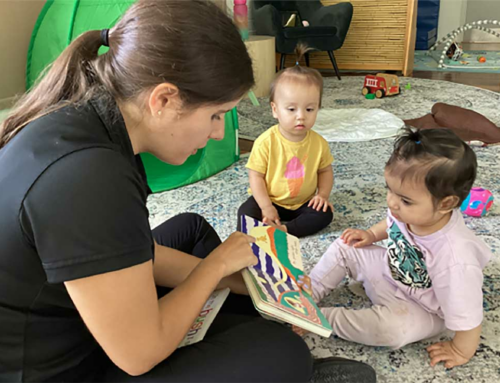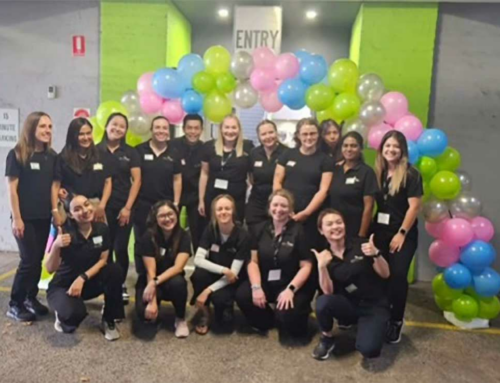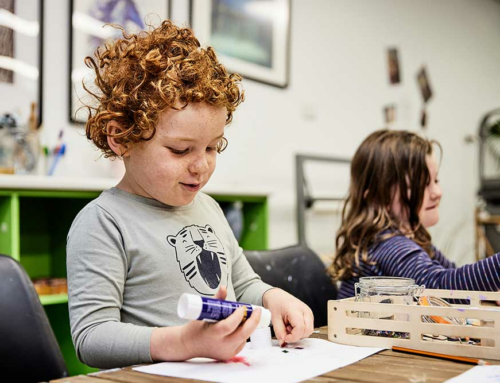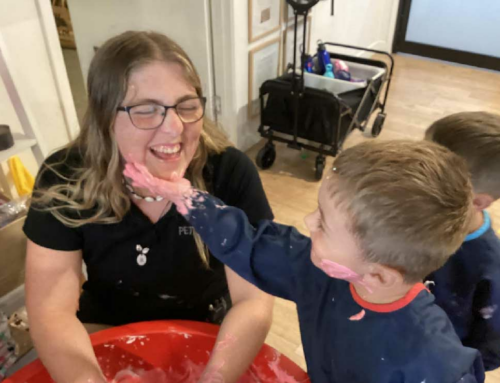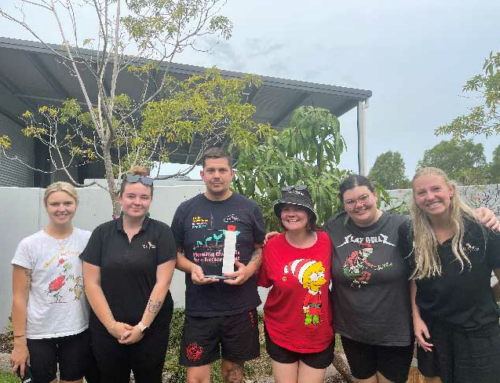Have you heard of the Early Years Learning Framework or its acronym EYLF? If you’re looking for a daycare solution, you’ll come across these terms and more. Sometimes, they’re used in conjunction with other words like ‘belonging’, ‘being’ and ‘becoming’.
For new parents seeking a safe and secure place to care for their child, daycare and early learning can be confusing. Gone are the days when children did the same activities led by carers. Now, educators observe, involve the parents and let the child lead play-based learning.
Read on to discover what these terms mean, as well as:
- Why changes were made to early learning
- The five learning outcomes of the Early Years Learning Framework
- The five principles of the EYLF
- The eight practices of the EYLF
- The meaning of belonging, being and becoming
- EYLF’s definition of play-based learning.
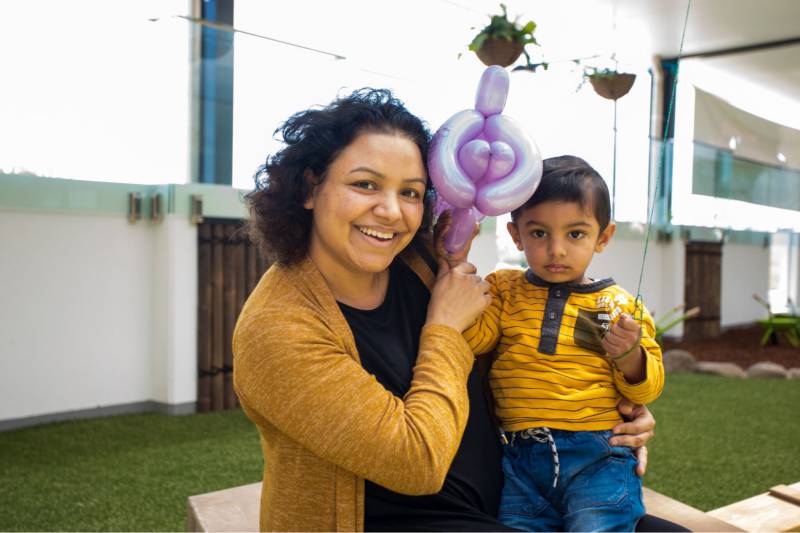
Why did childcare or early learning change?
One of the first catalysts for change began in December 2007 with a meeting of the Council of Australian Governments (COAG). COAG agreed to pursue “substantial reform in the areas of education, skills and early childhood development”.
A 2008 discussion paper titled, ‘A national quality framework for early childhood education and care’ sets out the reasons for the changes. It pointed to:
- More working parents entering the Australian workforce
- A growing obligation to support families
- The delivery of high-quality care for more children to enable:
- Improvement of short term outcomes such as school readiness
- Significant benefits for disadvantaged children
- Creation of a positive pathway for life and learning
- Reduced risk of missing “at-risk” children
- Greater diversity within the classroom
- Significant economic and social benefits
- A false distinction between care and education sectors creating a divide between the childcare and preschool sectors
- Gaps and inconsistencies in the arrangements for setting, assessing and monitoring quality in the care and education sectors across Australia
- The need to put the child first.
So, the EYLF became a foundation for ensuring that children in all early childhood education and care settings experience quality teaching and learning.
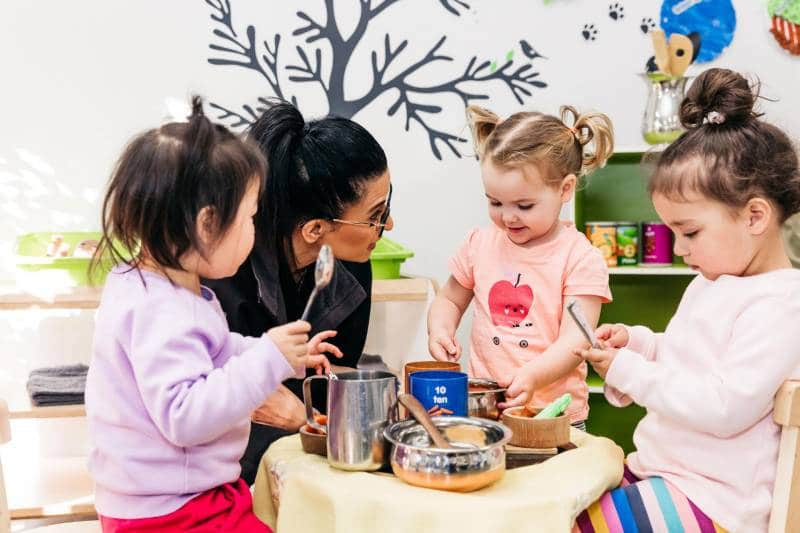
What are the five learning outcomes of the early years learning framework?
In July 2009, COAG endorsed five learning outcomes for children from 0 to 5 years as part of the Early Years Learning Framework. At Petit, we use these goals as a foundation for our early learning programs. They guide us in delivering a high quality early learning experience.
In summary, the learning outcomes of the EYLF are:
1. Children have a strong sense of identity
It’s about experiences, especially positive ones including change and transitions where children:
- Learn about themselves
- Can feel significant and respected
- Grow confidence to explore and learn
- Have the right to be a child
- Shape their identity.
2. Children are connected with and contribute to their world
When a child interacts and participates within groups they:
- Develop a sense of belonging
- Develop an understanding of their reciprocal rights and responsibilities
- Learn ways of being that reflect their family’s and community’s values, traditions and practices of their groups.
3. Children have a strong sense of wellbeing
Wellbeing refers to both physical and psychological aspects. It’s linked to resilience, giving children the ability to cope with day-to-day stress and challenges. It also includes:
- Physical health
- Happiness
- Social functioning.
4. Children are confident and involved learners
Confidence to experiment and explore develops from:
- A sense of security
- Sound wellbeing
- Developing competence
- Becoming active and involved participants in learning.
5. Children are effective communicators
Children communicate from birth. They use gestures, sounds, language and assisted communication. Positive experiences with families, communities and carers successfully develop their foundations in language, literacy and numeracy.
By using a range of tools and media, such as music, dance and drama, we can encourage children to express themselves and connect with others.
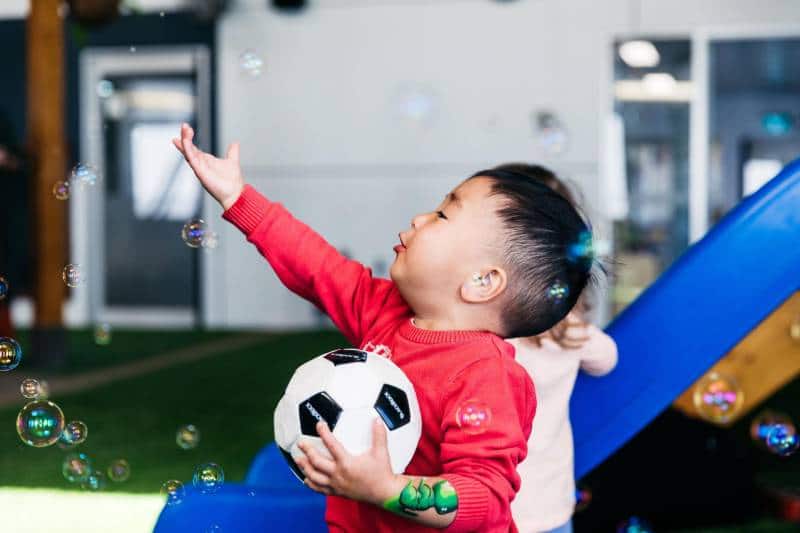
What are the five principles of the EYLF?
As well as five learning outcomes, there are also five principles that guide all family day educators.
1. Secure, respectful and reciprocal relationships
By nurturing positive interactions and consistent emotional support, educators help to grow a child’s skills, knowledge and awareness to interact positively with others.
2. Partnerships
As educators we encourage families to work with us to develop a meaningful curriculum. We recognise that families are children’s first and most influential teachers.
3. High expectations and equity
Children have the ability to succeed regardless of circumstances and ability. As educators we promote inclusion and participation of all children.
4. Respect for diversity
By showing respect and honouring families’ different lifestyle choices, cultures, traditions and methods of child rearing, educators help children feel good.
Diversity is also about exposing children to new experiences outside their own lives. It includes promoting a greater understanding of Aboriginal and Torres Strait Islander ways of knowing and being.
5. Ongoing learning and reflective practice
Educators participate in professional development to improve learning practices. As well, they value family and community knowledge and gather information to support children’s growth and learning.
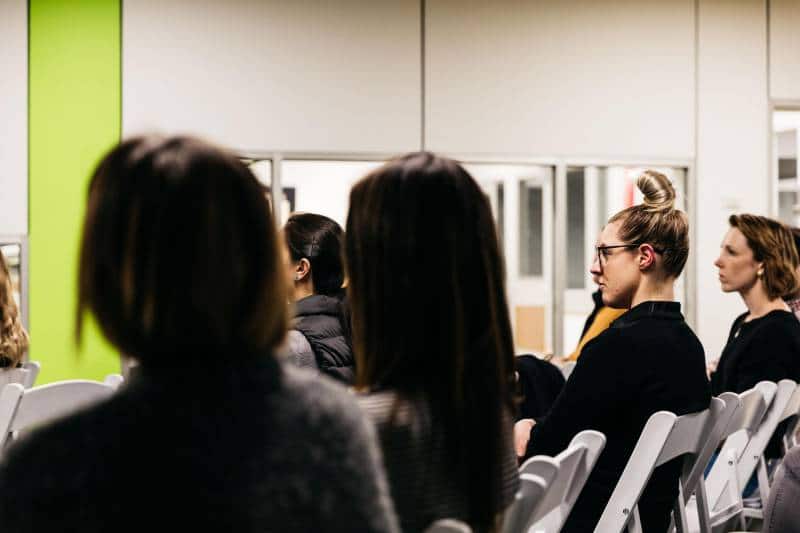
What are the eight practices of the EYLF?
The eight practices of the EYLF are the learning strategies and practices that our educators use to apply the principles and reach the learning outcomes.
- Adopting holistic approaches
- Being responsive to children
- Planning and implementing learning through play
- Intentional teaching
- Creating physical and social learning environments that have a positive impact on children’s learning
- Valuing the cultural and social contexts of children and their families
- Providing for continuity in experiences and enabling children to have successful transition
- Assessing and monitoring children’s learning to inform provision and to support children in achieving learning outcomes.
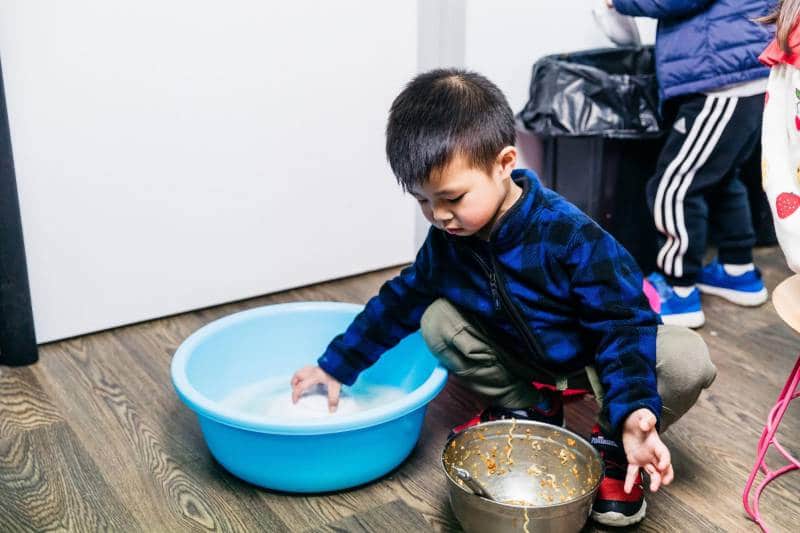
What does belonging, being and becoming mean?
Supporting the EYLF framework is the view that children’s lives are characterised by belonging, being and becoming.
Belonging: knowing where and with whom you belong. It recognises children’s connections with others and the role of those relationships in defining their identity.
Being: the here and now. Childhood is a time when we make meaning of our world. Through play we seek answers, create new experiences and have fun.
Becoming: children learn and grow through their experiences. These experiences shape children’s identities and the adult they become.
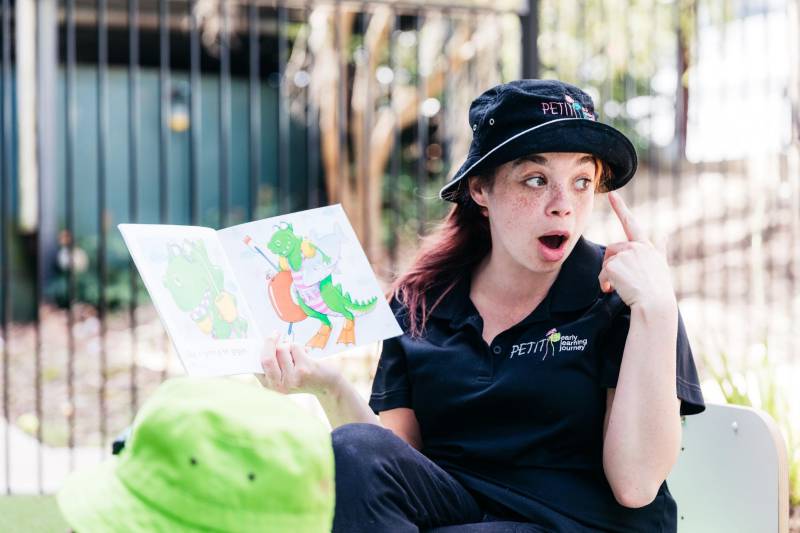
How is play-based learning defined in the EYLF?
Along with belonging, being and becoming, the EYLF emphasises play-based learning.
The Early Years Learning Framework describes play-based learning as a method in which children make sense of the world around them. They also use it to practice and grow social skills and actively participate with other people and objects.
Play-based learning makes use of children’s natural motivation to play. It includes both spontaneous play directed by the child and structured play. Structured play is also child-directed, but the educator acts as a co-player with intentional teaching.
At Petit, we use a mix of spontaneous and structured play-based learning in our educational programs.
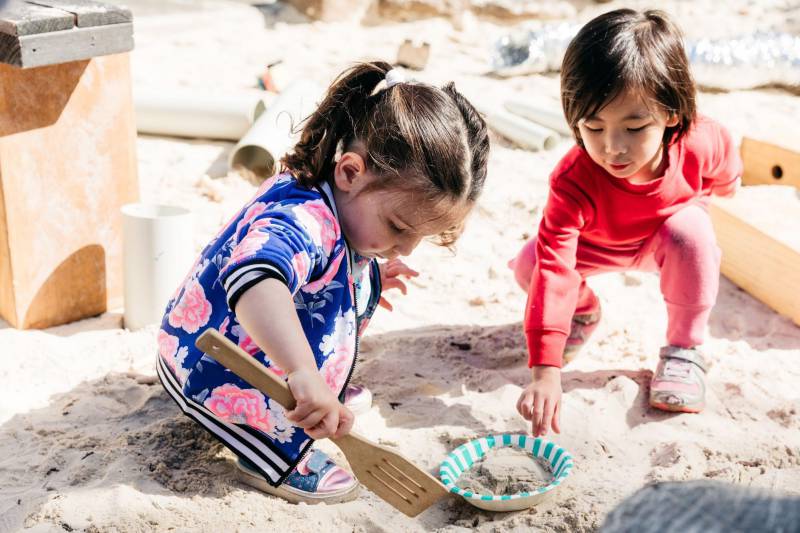
Discover more about Petit ELJ and the EYLF
Book a tour to learn more about how the Early Years Learning Framework guides Petit ELJ’s approach to early learning.
We believe children come first. Observing, recording and discussing their learning and activities outside of Petit helps to create smooth transitions and tailored learning. If you’d like to discuss how we apply the EYLF’s principles to reach learning outcomes book a tour today.
